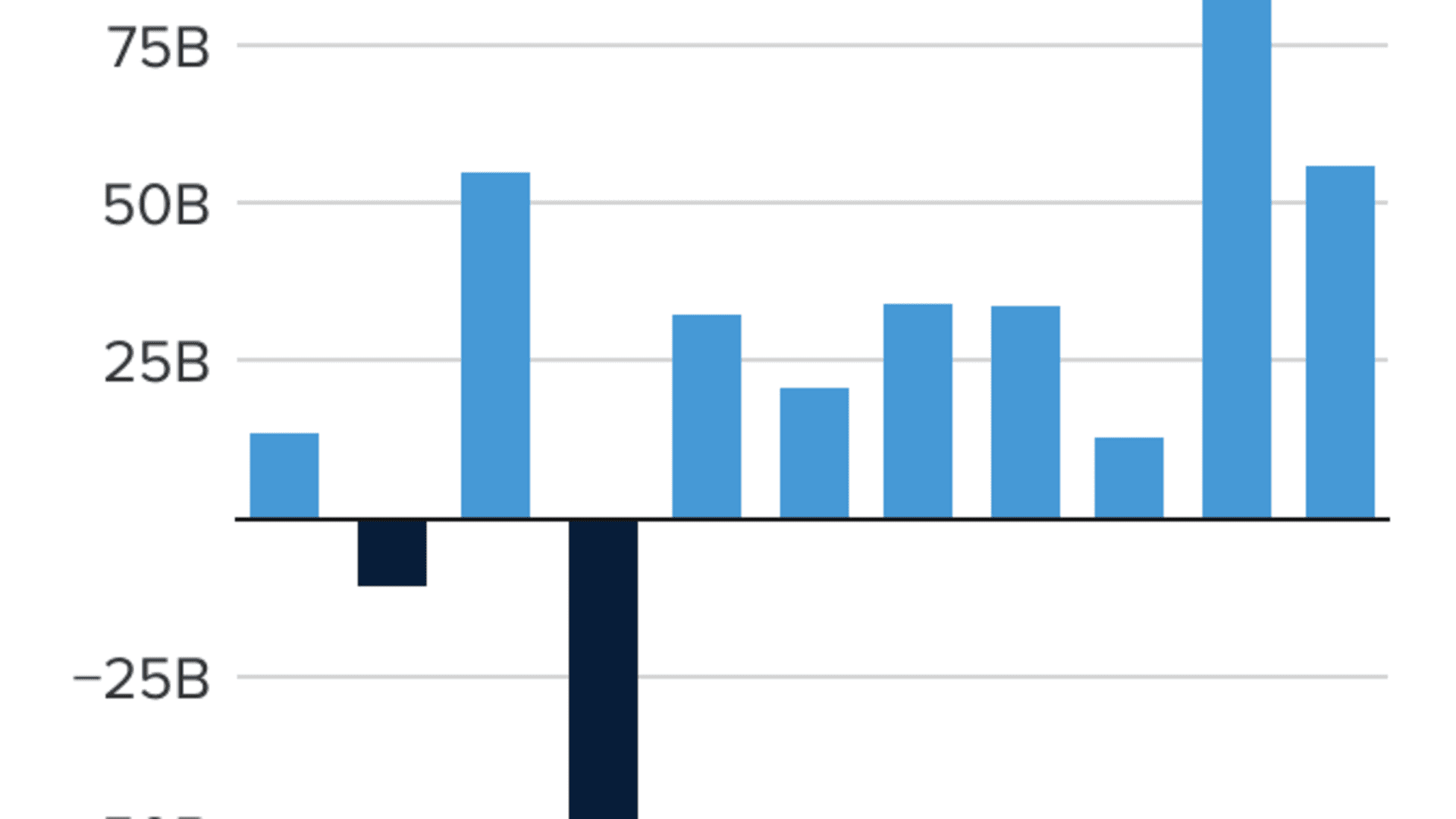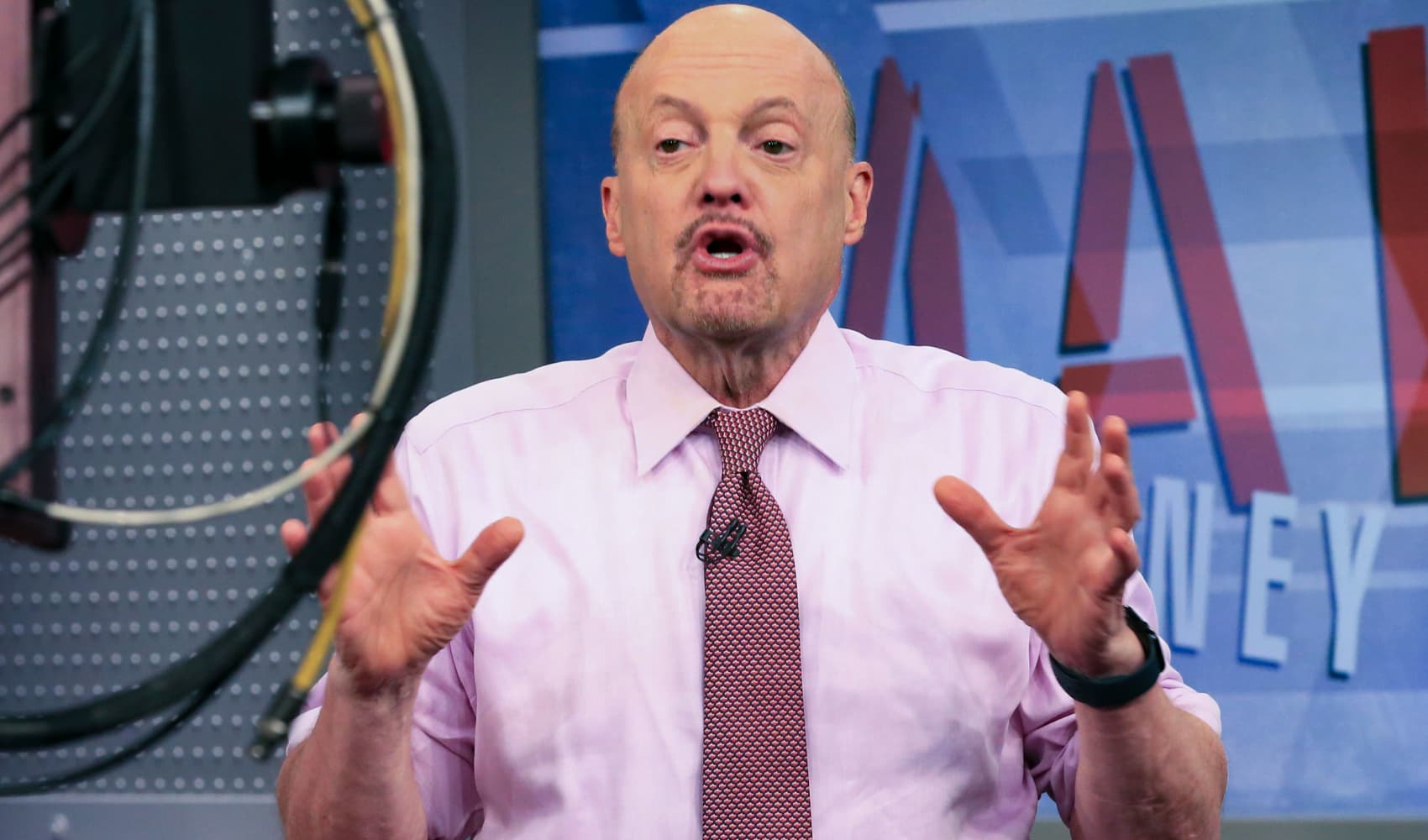
- As inflation ticks higher, retirees may worry about the rising cost of living.
- To fight inflation, investors may consider muni bonds, an option with built-in tax benefits and relatively low default risk.
- Still, buyers may need guidance to manage interest rates and credit risks, financial experts say.
Rising inflation has alarmed many Americans worried about their cost of living.
The May consumer price index, representing food, housing, gasoline, utilities and other goods, spiked by 5% from the previous year, according to the Labor Department.
As day-to-day expenses creep higher, many investors are seeking ways to preserve their dwindling purchasing power.
Feeling out of the loop? We'll catch you up on the Chicago news you need to know. Sign up for the weekly Chicago Catch-Up newsletter here.
One option, municipal bonds — known as muni bonds or "munis" — have been a popular alternative to Treasurys as the threat of higher taxes looms.
More from Personal Finance:
Big savers may boost their retirement stash with this option
How climate change is impacting retiree portfolios
Here's an option to protect your portfolio from inflation
"Munis have a built-in inflation protection element," said certified financial planner Ian Weinberg, CEO of Family Wealth and Pension Management in Woodbury, New York. That's because they offer higher yields than Treasuries, and, coupled with tax savings, may be a good option to preserve retiree nest eggs.
Money Report
But before you pile money into muni bonds, there are some important strategies to become familiar with, experts say.
The perks of muni bonds
Investors often buy muni bonds because of the tax benefits. Generally, munis enjoy no federal tax on interest, and investors may also bypass state and local levies on yields, depending on where they live.
And high earners may be eager to reduce levies, especially with President Joe Biden's proposal to hike top capital gains rates to 39.6%.
Those hikes may impact the high earners who typically buy muni bonds, said Peter Palion, CFP and founder of Master Plan Advisory in East Norwich, New York.
Although these assets may offer less interest than a corporate bond with similar credit risk, the pre-tax yields may be deceiving.
For example, let's say an investor in the 35% tax bracket is comparing a corporate bond paying 8% to a 5.25% muni bond. While 8% may seem like a higher return, the yield for the corporate bond is 5.2% after taxes.
However, the tax benefits may be less attractive if the bulk of someone's money is in tax-deferred retirement accounts, said Mohit Desai, CFP and owner of MD Wealth Advisors in Cranford, New Jersey.
Still, muni bonds are generally less risky than their corporate counterparts. There were 113 muni bond defaults out of 13,140 issuers from 1970 to 2019, according to Moody's, a bond rating company.
Moreover, federal stimulus money has sent billions to state and local governments, further lifting muni bond credit ratings, according to a Hilltop Securities report.
Muni bonds as a check on inflation
With current yields above Treasurys, muni bonds may be appealing to some investors, said Weinberg. They can build a long-term portfolio to account for interest rate changes over time.
"These days, that seems to be the best inflation hedge an investor can find," he said.
When clients don't need their bond portfolio income, they may also take the proceeds and systemically reinvest the money back into the stock market, he said.
"That's another way to fight inflation," Weinberg added.

Crafting a muni bond strategy
Investors should design a portfolio of muni bonds that have "stellar credit," along with ongoing monitoring and protection, said Weinberg.
An advisor may partner with an institutional muni bond manager to watch for interest rate and credit quality changes.
Some muni bond issuers may pay off their debt early, allowing them to "call" the bond when interest rates drop to resell the asset at a lower rate. If this happens, the investor loses their higher rate and may have to reinvest the money with less attractive yields.
To fight this risk, investors can add call protection, stopping the issuer from calling the bond for a set amount of time, he said. That call protection may need adjustments over time.
Another area to watch is each muni bond's credit quality, which shifts based on local economic factors. For example, a city and state's finances may change or toll roads may collect less money.
"It's impossible for a do-it-yourself investor to do this kind of research," Weinberg said.
While working with an advisor is ideal, do-it-yourself investors may prefer muni bond funds over individual assets, he added. They may have less control and lower yields, but there's less risk.
In the past, muni bond pricing, subject to mark-ups or mark-downs, has been a challenge for consumers. Although a 2018 disclosure rule created more transparency, investors may still want to check prices through the Electronic Municipal Market Access price discovery tool.






